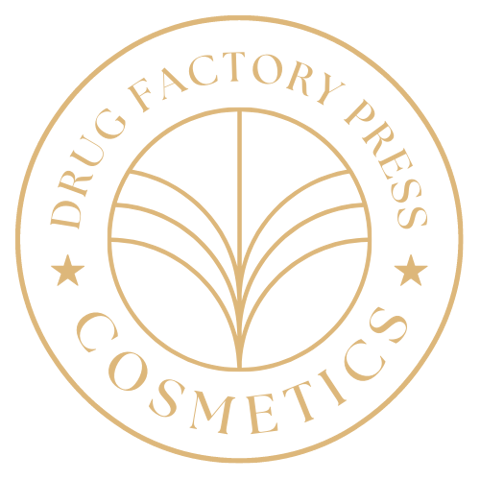Alpha Hydroxy Acids: Everything You Need to Know

Alpha-hydroxy acids (AHAs) are a group of plant and animal-derived acids used in a variety of skincare products. These include daily anti-aging products, such as serums, toners, and creams, as well as occasional concentrated treatments via chemical peels.
Jump to: Our Top Selling AHA Serum
Research on the uses and efficacy of AHAs is extensive. However, out of all the AHAs available, glycolic and lactic acids are the most promising and well researched. These two AHAs are also less likely to cause irritation. Because of this, most over-the-counter (OTC) AHAs contain either glycolic or lactic acid.
AHAs have been shown to reduce the appearance of wrinkles, age spots, and fine lines. They may also improve skin tone by increasing its firmness and elasticity. Other benefits include smoothing rough skin texture and evening out skin color.
Alpha hydroxy acids (AHAs) smooth the skin by encouraging cell turnover, which is the process by which new skin cells form and push older cells towards the surface of the skin.
Regular exfoliation is an essential part of a good skincare routine as it helps to keep the pores clear. This prevents breakouts and reduces the risk of acne scars.
AHAs are available in many cosmetic products and treatments, including chemical peels, cleansers, toners, and moisturizers.
AHAs are not suitable for everyone. They may not be suitable for people with sensitive or dry skin or for those who have darker skin tones. People who use AHAs should always wear sunscreen to prevent sun damage because their skin may be more sensitive to ultraviolet light.
Alpha hydroxy acids (AHAs) are a group of natural acids found in foods. They have many health benefits.
In the world of skincare, they’re most commonly used to exfoliate the skin. This can help with many common skin concerns, such as acne, dullness, and signs of aging.
What are the types of AHAs?
There are several types of AHA. Common examples of the AHAs dermatologists use include:
- lactic acid, which is present in dairy and fermented vegetables
- glycolic acid, which comes from sugarcane
- malic acid, which is present in apples
- citric acid, which is present in citrus fruits
- tartaric acid, which is present in grapes
Lactic and glycolic acid are some of the most well-known AHAs. But all AHAs work in a similar way.
What is the difference between AHAs and other acids?
AHAs and BHAs are both types of acids that have exfoliating properties.
AHAs include: lactic acid, glycolic acid, citric acid, mandelic acid, malic acid, tartaric acid, and more. These are water-soluble chemicals that can help treat lines and wrinkles, dark spots, and rough skin. They work by dissolving the glue between the skin cells so they peel off more easily.
BHAs include: beta hydroxybutanoic acid, tropic acid, and salicylic acid (also known as salicylate or sodium salicylate). These are oil-soluble and can penetrate into the pores to clear out oil and dead skin cells. Salicylic acid is the most common BHA in skin care products.
AHAs and BHAs have similarities, but some find BHAs more effective for oily and acne-prone skin. This is because they can: improve skin texture, reduce the shedding of skin cells inside pores, reducing the chances of blockage, break down blackheads and whiteheads.
People can use AHAs in a variety of ways — in facial cleansers or toners or moisturizers.
People with dry or sensitive skin may wish to use an AHA exfoliant once a week or less often to give their skin time to get used to it. If a person does experience irritation from using an AHA product, they should stop using it and purchase one with a lower concentration of AHAs instead.
